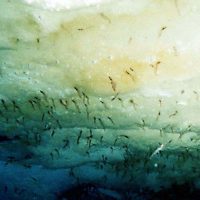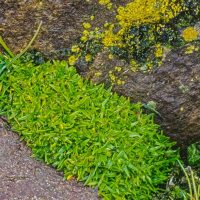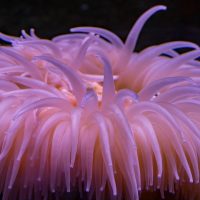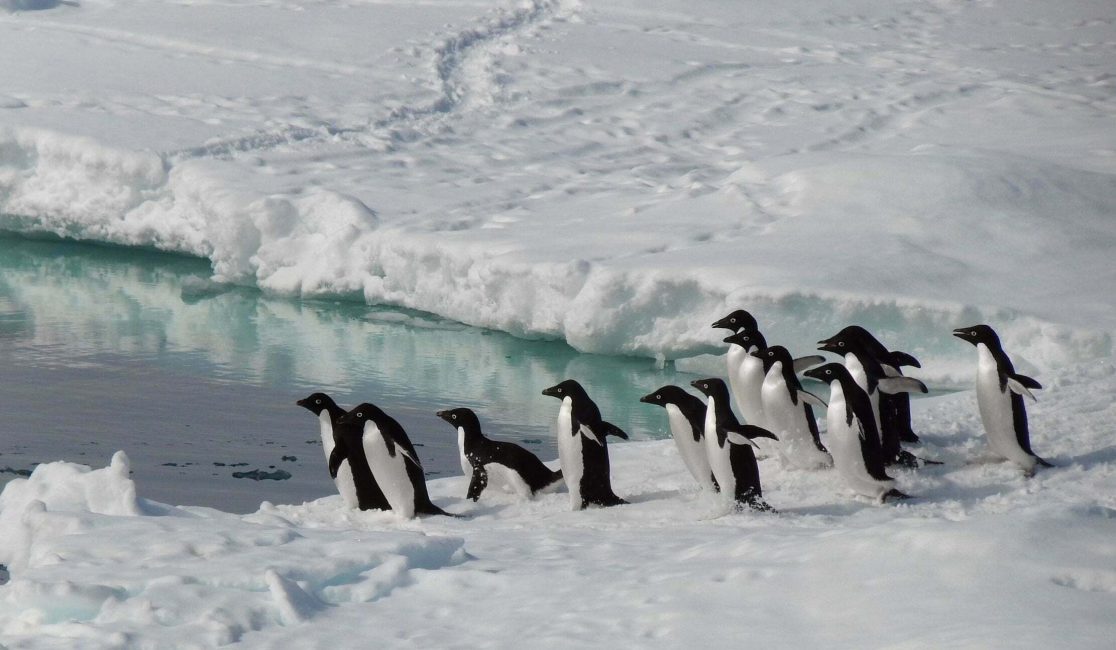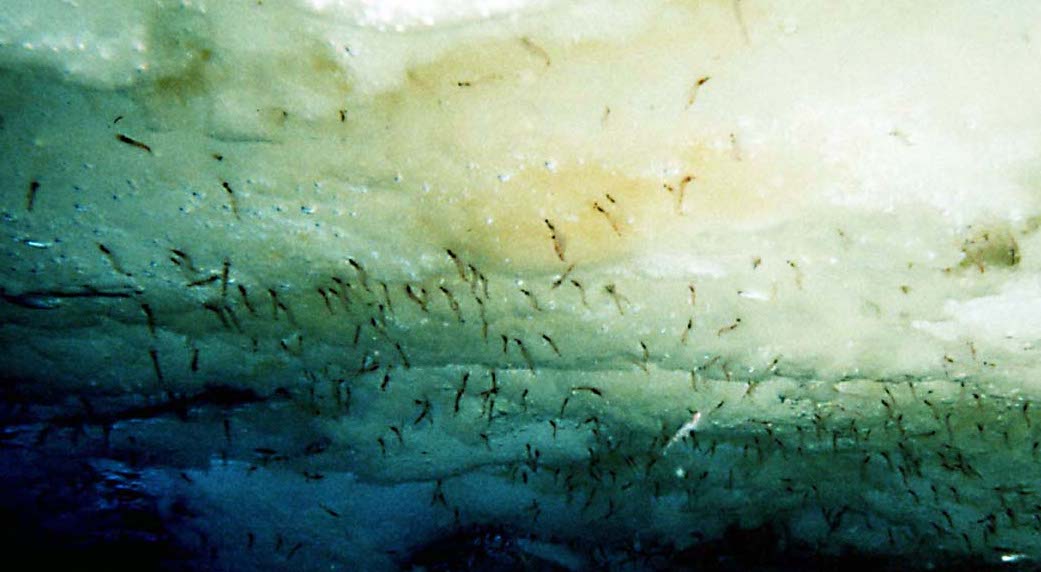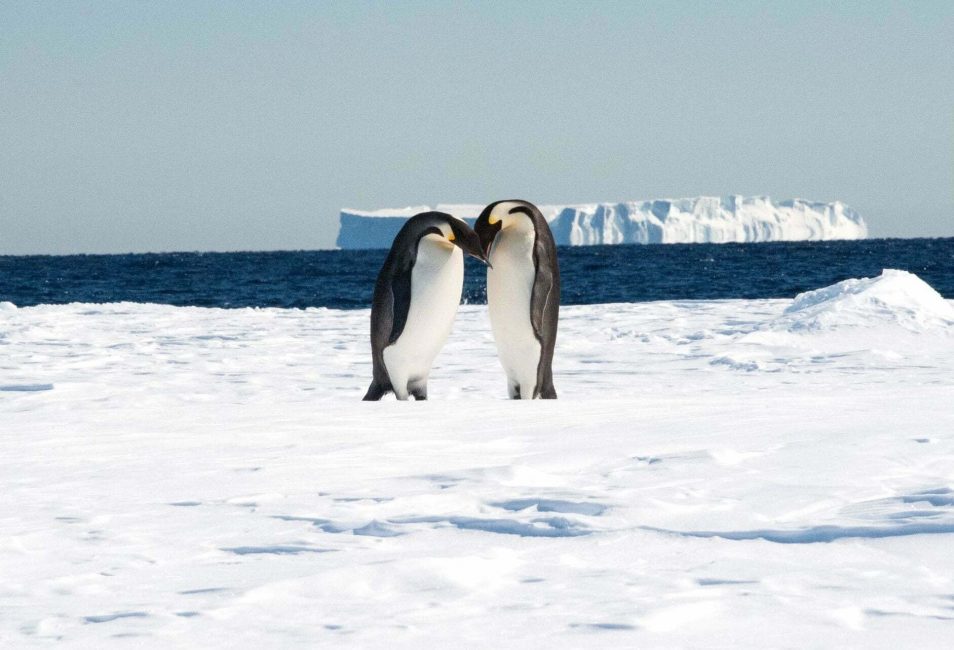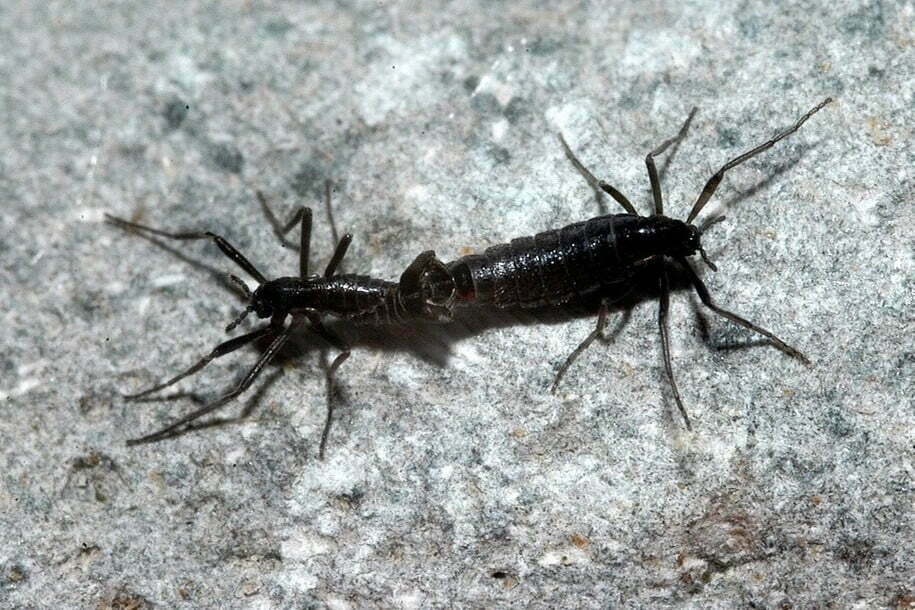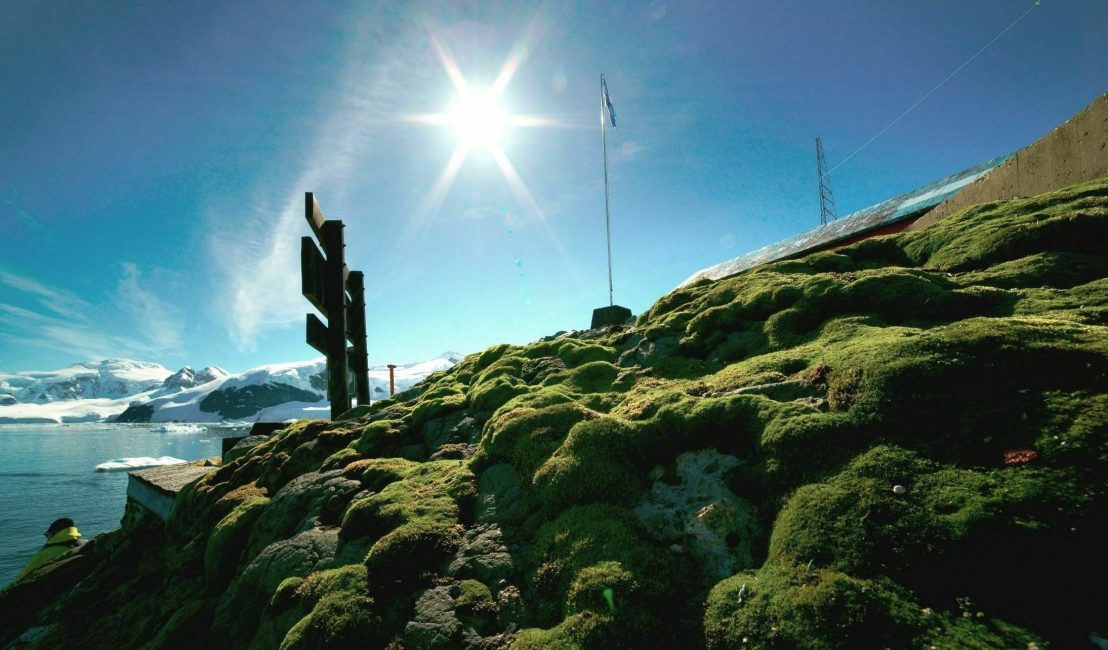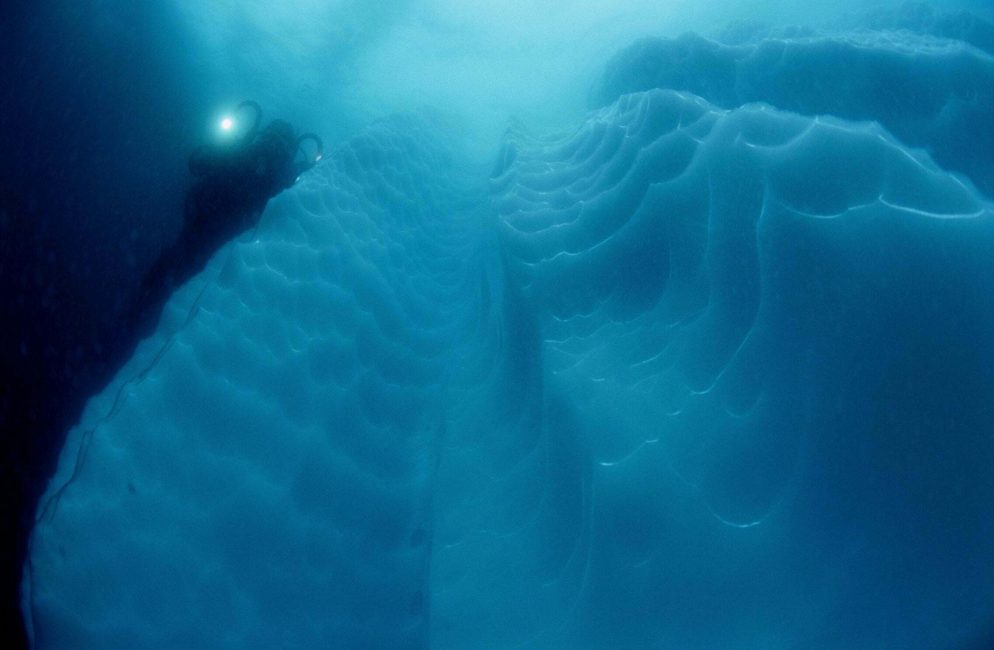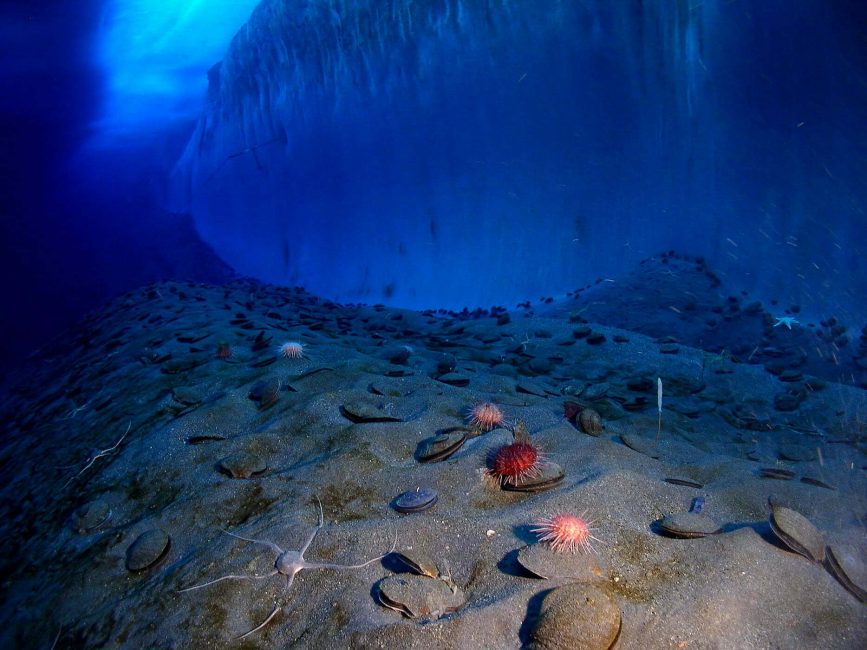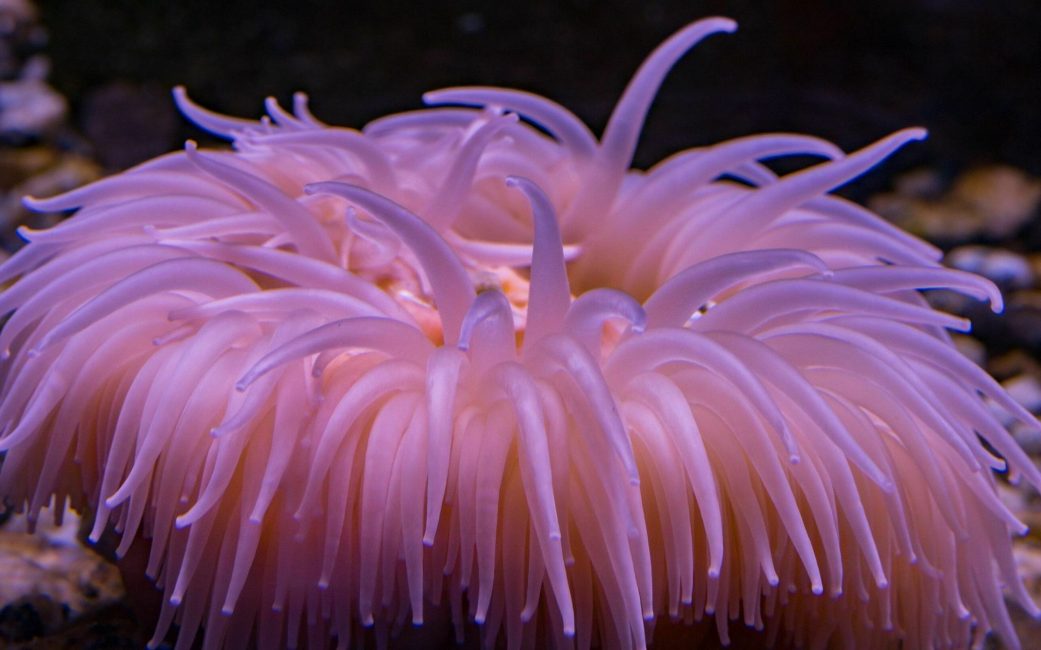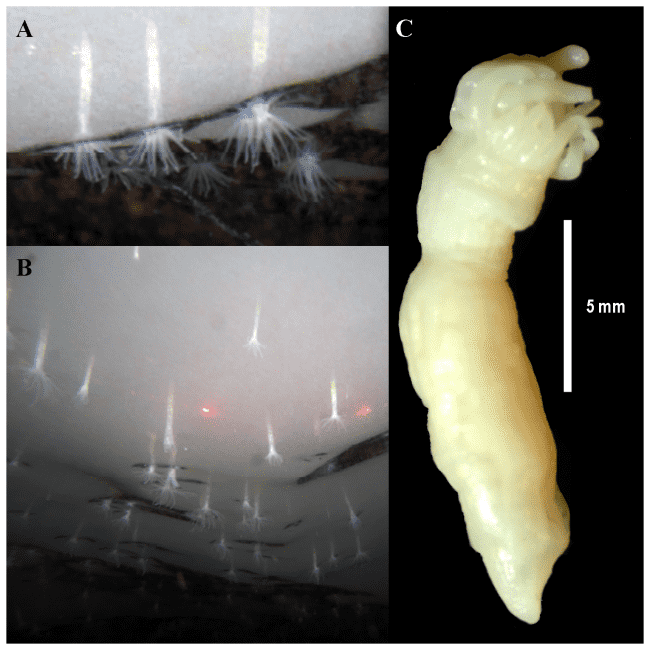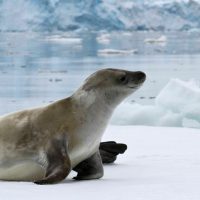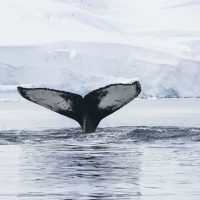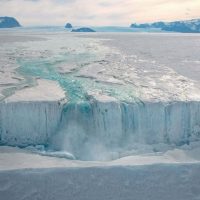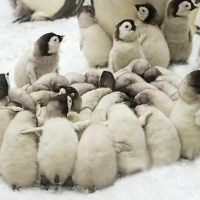An incredible abundance of life
ANTARCTIC ECOSYSTEMS
Antarctica is best known for its charismatic penguins, seals and whales. However, these are only the most visible members of a thriving Antarctic ecosystem, much of which remains largely unseen.
Under the water and beneath the ice, a vibrant community of animals found only in Antarctica thrives in cold, oxygen-rich waters. From glass sponges and colossal squid to notothenioidei (a group of fish with antifreeze proteins in their blood) and enormous sea spiders the size of dinner plates, Antarctica and the Southern Ocean support an incredible diversity of unique life, each species uniquely adapted to the conditions of the South.
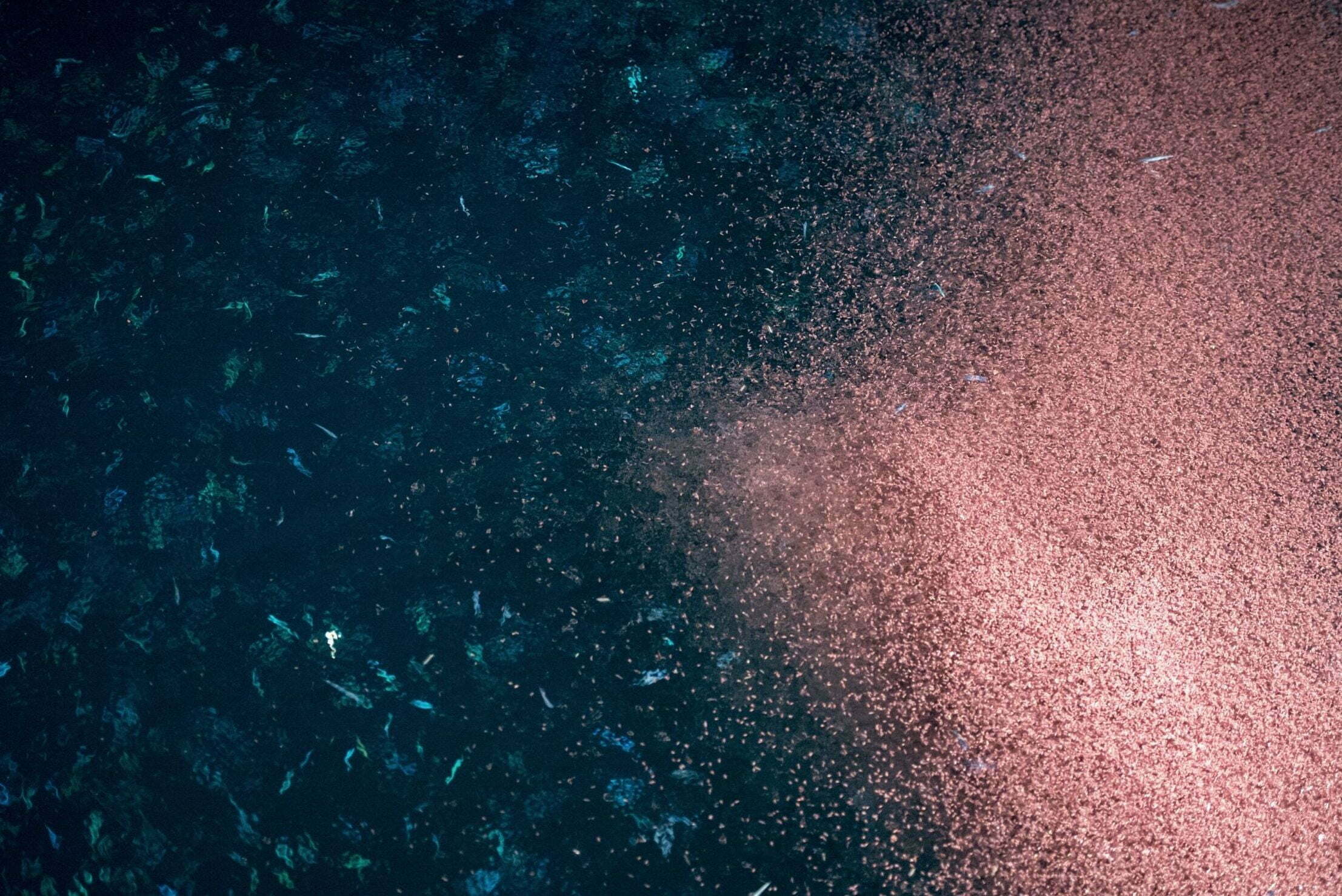
ANTARCTIC HABITATS
Ocean
Almost all Antarctic life begins and ends in the Southern Ocean. To understand Antarctica, its ecosystems and its largest, most well-loved inhabitants, we need to look to the sea.
Ocean
ANTARCTIC HABITATS
The Southern Ocean is one of the most biologically rich places on our planet. A rare combination of long summer days, swirling ocean currents and cold water rich in oxygen and nutrients gives rise to an abundance of life rarely seen on earth. The sheer biomass of Antarctic species eclipses most other species on the planet.
Life in the Southern Ocean begins with microscopic plants called phytoplankton. Phytoplankton are primary producers, which means they produce their own energy from light and chemicals. Like plants on land, they generate energy through photosynthesis, drawing on the sun’s light and carbon dioxide from the atmosphere to grow.
When conditions are just right, primary producers proliferate in huge numbers. There are billions of these single-celled plants, many of them types of algae, in the Southern Ocean. Some algal blooms are so large they can be seen from space. These ‘marine forests’ form the foundation of the Antarctic food web, providing food for zooplankton.
Ocean
ANTARCTIC HABITATS
Zooplankton are small, grazing animals such as pteropods, copepods and salps. Zooplankton don’t swim or dive. Instead they drift through the ocean, feeding on phytoplankton and eventually providing a food source for larger animals, including fish, squid, seals and whales.
The most important type of zooplankton in the Antarctic ecosystem is Antarctic krill (Euphausia superba), a species of krill found only in the Southern Ocean. Antarctic krill are small, shrimp-like crustaceans about the size of your thumb. These small creatures form the basis of the Antarctic diet for most marine mammals and seabirds, including penguins and the enormous blue whale. A single blue whale can eat as many as 40 million krill per day.
During the summer months, krill drift through the Southern Ocean in extraordinary numbers. Like phytoplankton, their largest swarms can be seen from space. Scientists estimate there are hundreds of trillions of individual krill in the Southern Ocean, making theirs the largest biomass of any wild animal on the planet.
Life in the Southern Ocean is changing due to the climate crisis. Find out more.
ANTARCTIC MARINE LIFE
Antarctica’s best known inhabitants
An abundant oceanic ecosystem gives rise to the penguins, seals and whales which come to the surface, indicators of the extraordinary richness that lies below.
At the top of the Antarctic food web, these charismatic creatures are the most easily recognised residents of the south polar region. But from an ecosystem perspective, they are just the tip of the iceberg.

Whales
Ten species of cetacean either live in or frequent the Southern Ocean including humpback and killer whales.

Seals
Antarctica is home to six distinct species of seal, several of which are found nowhere else on earth.

Penguins
There are eight species of penguin living in the subantarctic and Antarctica, including Adélie and emperor penguins.
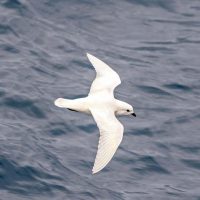
Seabirds
100 million birds breed in Antarctica including the endemic snow petrel (Pagodroma nivea).

Krill
Antarctic krill (Euphausia superba) is a small, crustacean and a keystone species in the Antarctic food web.
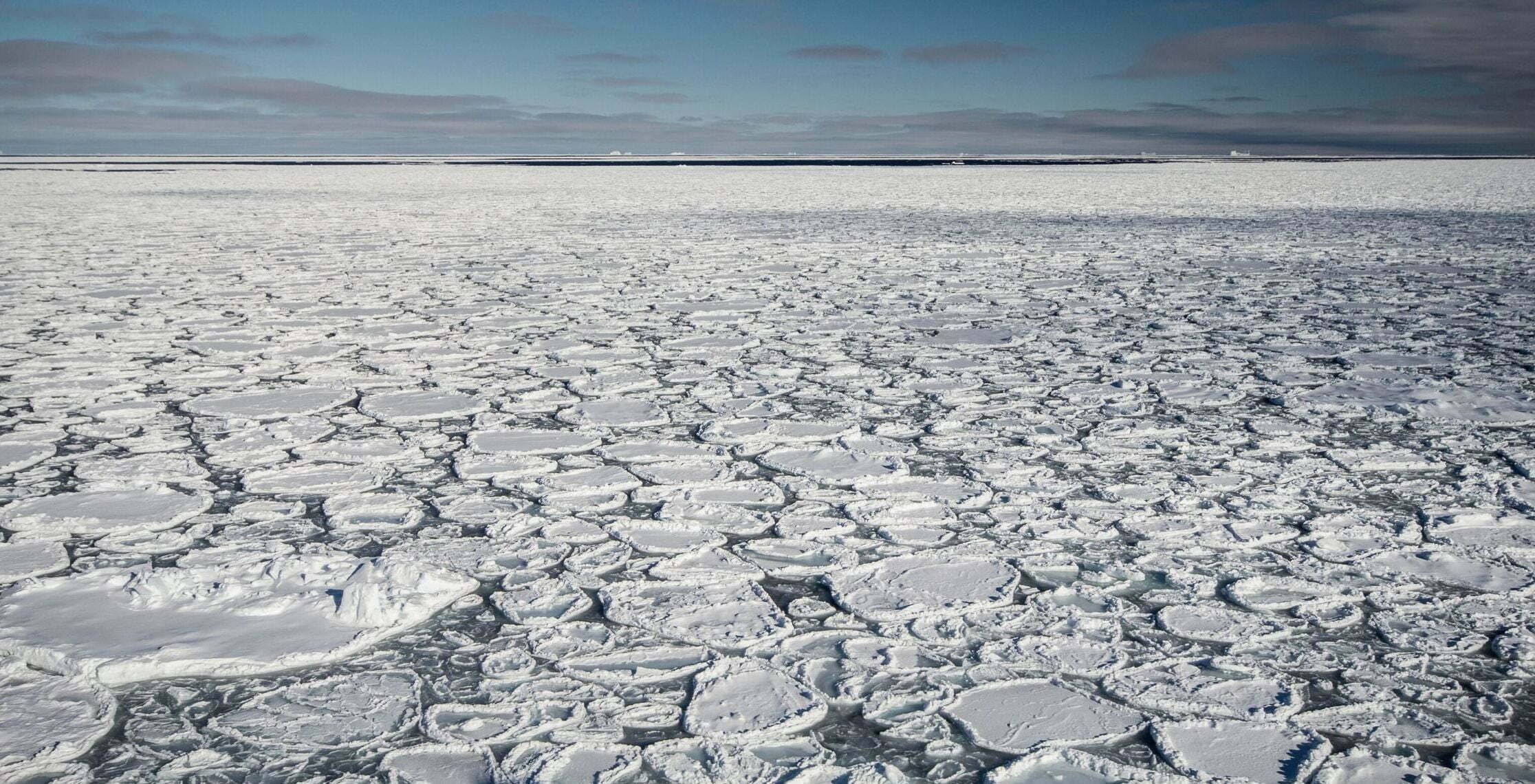
ANTARCTIC HABITATS
Sea Ice
From above, sea ice may appear to be a barren, lifeless place. But below the surface is a sheltered habitat supporting one of the largest ecosystems on earth.
Sea Ice
ANTARCTIC HABITATS
Each winter, an area of the Southern Ocean more than twice the size of the United States freezes around the Antarctic coastline. This sea ice provides a protective layer over the ocean: a cover that insulates it against the strong winds and cold temperatures above, and creates a sheltered habitat for life to flourish.
Sea Ice
ANTARCTIC HABITATS
While the underside of the sea ice is an important habitat for Antarctica’s smaller species, the sea ice surface is an important breeding ground for the largest penguins on the planet: emperor penguins.
Emperor penguin colonies are often located on thick plates of sea ice or fast ice, which is sea ice stuck ‘fast’ to the coast or sea floor. Emperor penguins breed, incubate, hatch and raise their chicks on platforms of sea ice, a process that takes around 9 months.
Life under sea ice is changing due to the climate crisis. Find out more.
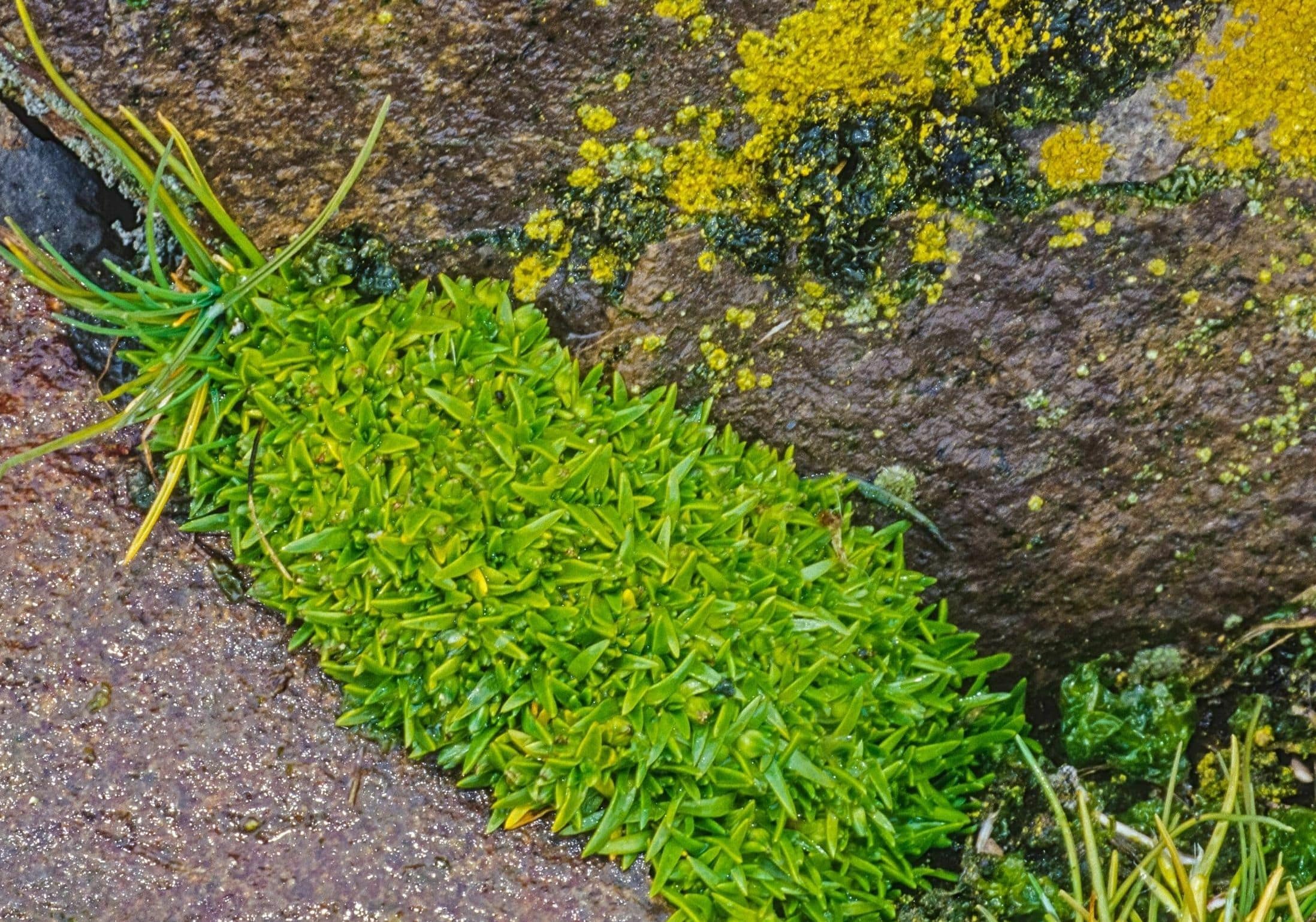
ANTARCTIC HABITATS
Land
While the Southern Ocean is home to the largest animals on the planet, the Antarctic continent is home to some of the smallest.
In contrast to the abundance of the Southern Ocean, life on land is limited by extreme cold, strong winds and limited water and food sources. The largest animal living on land in Antarctica is only 0.079–0.24 in (2-6 mm) long.
Land
ANTARCTIC HABITATS
The Antarctic continent is one of the most inhospitable environments on the planet.
Water and light are the basic requirements of most life forms on earth. Antarctica is a polar desert – the largest desert earth. The average yearly rainfall at the South Pole over the past 30 years was a tiny 10 mm (0.4 in). During winter, the continent is shrouded in darkness for six months, and around 99.5% of the continent is permanently covered by ice.
Despite these extremes, a small community of resilient plants and animals has managed to carve out a niche for themselves in Antarctica’s ice-free areas, where six months of sunlight and summer meltwater create the perfect conditions for life to flourish.
Antarctica’s micro-forests
ANTARCTIC HABITATS
Visitors to Antarctica are often surprised to discover just how green some parts of it are. The majority of Antarctica’s plant life is made up of hardy, primitive plants like mosses, liverworts and lichens. Some slow-growing mosses in East Antarctica are so ancient, researchers have called them Antarctica’s old growth ‘forests’.
While there are no trees or shrubs in Antarctica, there are two flowering plants: Antarctic hair grass (Deschampsia antarctica) and Antarctic pearlwort (Colobanthus quitensis).
Antarctic soils and moss beds crawl with life, most of it microscopic. Antarctic micro-forests offer shelter to over 60 species of microscopic insect-like creatures including springtails, rotifers, nematodes and tardigrades. While some of these species are found around the world, some are endemic to Antarctica.
Life in Antarctica is changing due to the climate crisis. Find out more.

ANTARCTIC HABITATS
Land Ice
Some of the most mysterious, least-explored and extreme habitats on the planet lie beneath Antarctic ice.
Under Antarctic ice shelves
ANTARCTIC HABITATS
Antarctica is fringed by around 300 ice shelves, which cover roughly the same area as the entire Greenland Ice Sheet. These floating edges of the Antarctic Ice Sheet flow over coastal bays and inlets, some of them over 3000 ft (1000 m) thick, creating a dark, sheltered habitat below.
For many years researchers thought life couldn’t survive under ice shelves with no light and no obvious food source. In recent years, new advanced drilling technologies have granted researchers access to these remote, inaccessible habitats for the first time. Drilling into the ice shelf over 5 miles (8km) from open water, they are returning with reports of diverse, complex ecosystems – and evidence they have survived under the ice for thousands of years.
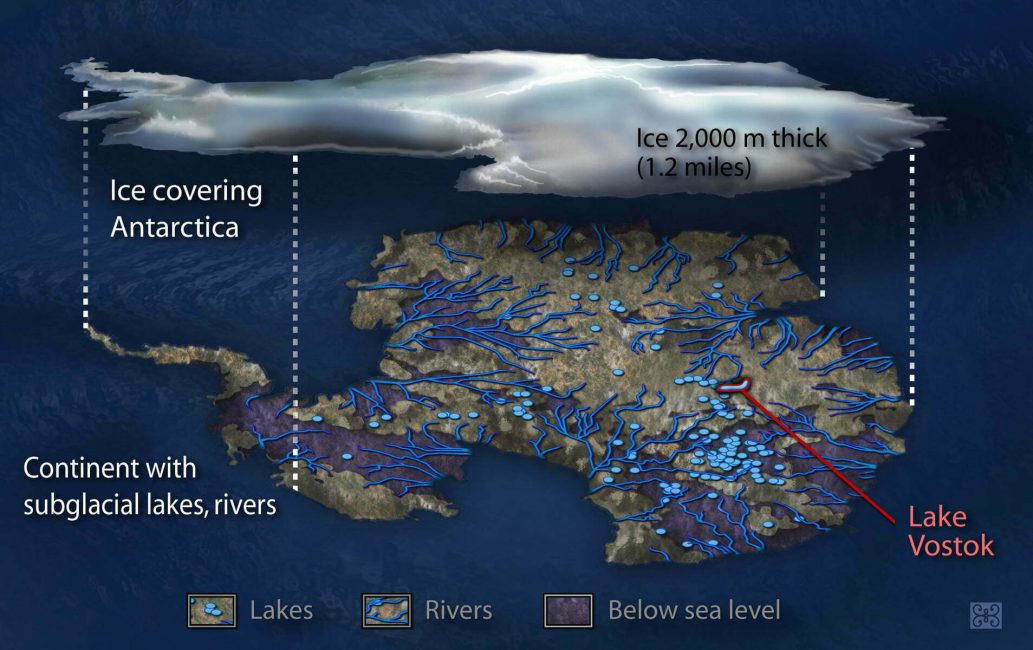
Under the Antarctic Ice Sheet
ANTARCTIC HABITATS
With an average depth of 7000 feet and 15,000 feet thick at its deepest point, the Antarctic Ice Sheet is so immense its weight has compressed the earth’s crust by hundreds of feet. Under the ice, miles from the surface exists an environment so extreme as to be almost alien. Eternally dark, impossibly cold and under enormous pressure, the question of whether life could exist under these conditions has enthralled scientists and governments alike for decades.
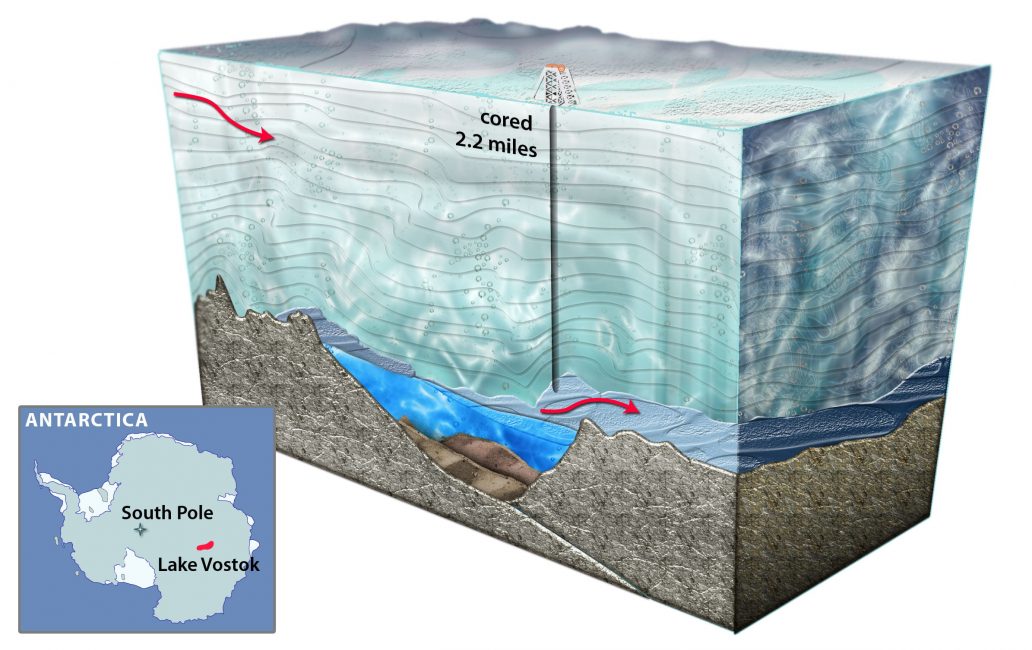
Drilling to Lake Vostok
ANTARCTIC HABITATS
There are nearly 400 lakes beneath the Antarctic Ice Sheet, and Lake Vostok is one of the largest. Lake Vostok is approximately 155 miles (250 km) long, 30 miles (50 km) wide, and up to 1600 feet (510m) deep. Buried under 2 miles (3.7km) of ice near the South Pole, it is believed to be connected with other subglacial lakes through a network of streams and rivers, which have been isolated from the outside world for over 15 million years.
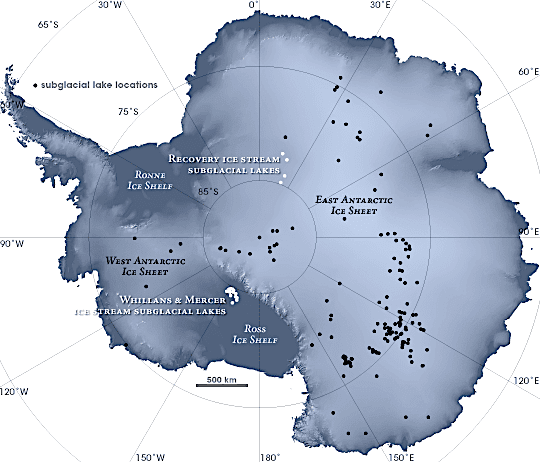
Subglacial Life in Lake Whillans
ANTARCTIC HABITATS
After failed attempts to extract a clean water sample from Lake Vostok, a group of researchers turned their attention to Lake Whillans, another subglacial lake less than 500 miles from the South Pole. In 2013 they drilled through over 2,500 feet (800m) of ice, and became the first team to successfully extract clean water samples from a subglacial lake in Antarctica.
Their samples revealed that not only was there life in Lake Whillans, but it was prolific. Scientists were able to identify over 4,000 different species of microbes, such as bacteria, which had survived under the ice for at least 120,000 years.
Scientists are eager to discover more about Antarctica’s remarkable hidden habitats under the ice, and learn how life manages to flourish in such extreme environments.
KEEP LEARNING
Related reading
Scientific consultation: Heather Lynch, Professor of Ecology and Evolution, School of Marine and Atmospheric Sciences, Stony Brook University.
Now that you’ve learned about life in Antarctica, read on to learn more about extraordinary Antarctica.
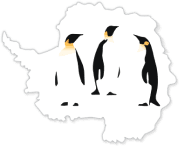 ASOC
ASOC
